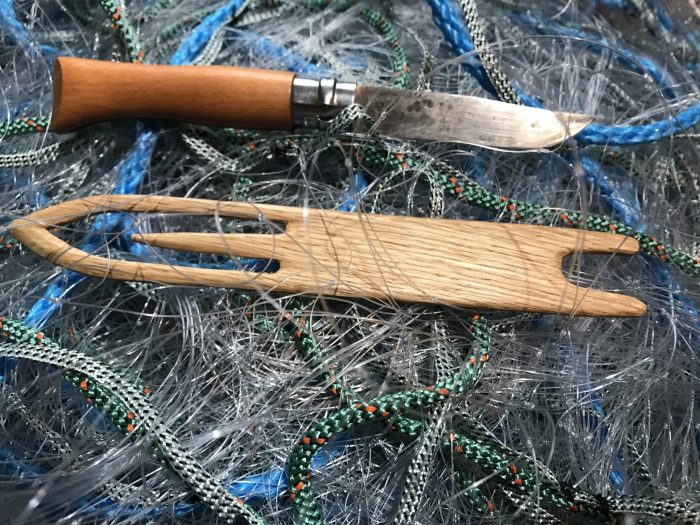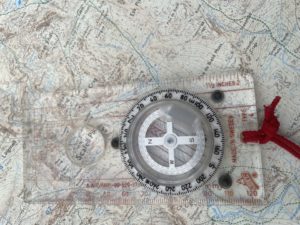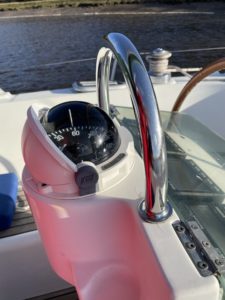The Three Principles of Networking
Today’s language of Networking draws much from the creation, maintenance and repair of fishing nets.
40 years ago I was the Captain of Passenger Ferries. In my spare time I also went out with the fishing boats. Before I started to crew, the skippers made sure I could make, check and mend nets so that in the wet and numbing cold and in the middle of the night, I could look after and fix, the twists and tears that happen when you are fishing.
These skippers wanted a good job done very fast, regardless of the condition’s… as nets… not in the water, don’t catch fish and no fish… means no income.
Sometimes it was so cold that in repairing the torn threads you would only know you had sliced your finger when the warm blood started flowing down your arm. Skippers were not that sympathetic and quickly patched you up to get you back on the job. There was no let up until all the fish had been delivered to the market. So not a serene scene… but I loved every minute!.
So I learnt to ‘knit nets’…. and this was and still is, strangely therapeutic and meditative. Recently whilst struggling with COVID restrictions and not being able to hug my two grandchildren, I got my old gear out again and started to knit… and remember some great characters. It was strangely comforting!
It occurred to me that here we are on LinkedIn and other platforms all creating, tending and sometimes repairing our networks.
So here is just a simple alternative picture that may help illuminate what is just such a core activity and set of relationships.
The tools for networking are simple, ageless and the same the world over. They consist of a netting needle some twine and a knife.
Making nets is easy. Each mesh has 4 knots and these are tied simply with a ‘sheet bend’. Making the net, which will be vast in the end, is all about focussing on each individual knot, making sure it is tight and locked. Knots that are loose… untie and create holes for fish to escape. So in our rush to get into the 500 or 1000 club do we pay enough attention to each forming relationship? Is it tight and strong?
Tending nets is just about discipline. Nets will get frayed, torn, tangled up and twisted and they also pick up rubbish. So knowing the condition of your net is paramount and this is a continual activity. So I asked myself recently how I was doing in keeping track on my important networks and what condition were they in?
Mending nets is the really difficult job. Nets will get damaged and torn… it just goes with the nature of the work. And has been said, the goal is to get them back fishing as fast as is possible. So the repair requires you to take a good look at the damage. You then have to work out the sequencing of the yet to be created knots and where each will go and where it will lead. The repair will be with just one continual strand of line. So in linking everything together and building missing sections, you have to cut the old net back… and in a particular way. The sequencing of the knots is all-important so sometimes you have to cut the net back to undamaged sections from which to build. Sometimes this feels counter intuitive and takes some courage and confidence. And all of this has to be worked out before the repair.
And this always happens when it is cold, the waves are coming over the boat, the vessel is being tossed around and the skipper is yelling at everyone!
And from this picture I found myself wondering what repairs were needed in my networks… Perhaps it was a catching up with a phone call, or maybe it was about cutting back damaged meshes to healthy knots. Perhaps it is telling someone just how much I appreciate him or her, and sometimes it is about ‘saying sorry’ and asking for forgiveness.
Today as I facilitate and coach businesses through change I find myself being drawn back to the image of work I did long ago but which still resonates today in a very different world.
So how is your net working going?



